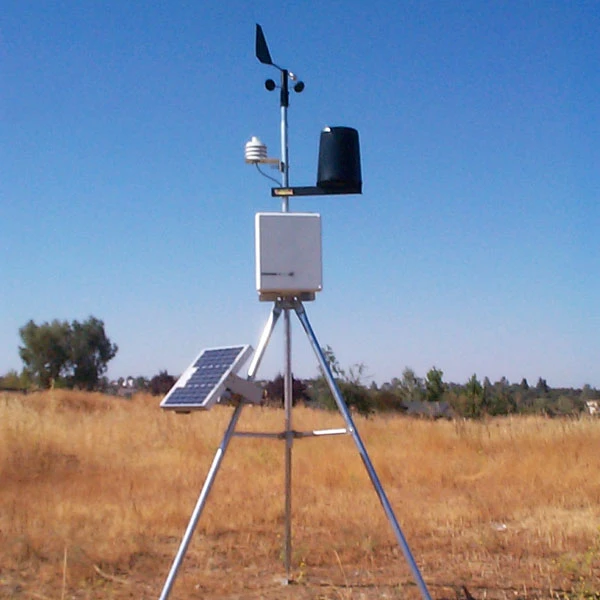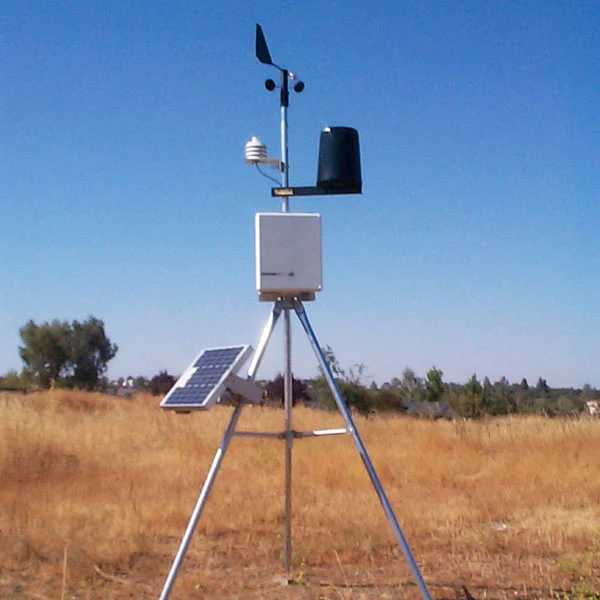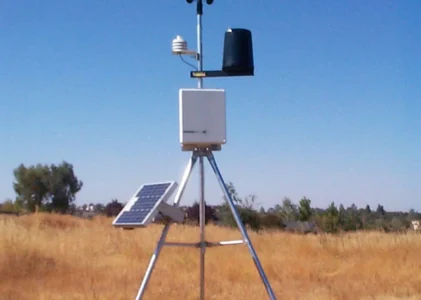
# Automatic Weather Station Price Analysis and Market Trends
Automatic weather stations (AWS) have become indispensable tools for meteorologists, researchers, and various industries that rely on accurate weather data. As the demand for precise and real-time weather information grows, understanding the factors influencing automatic weather station price and market trends is crucial for buyers and stakeholders.
## Factors Influencing Automatic Weather Station Price
The price of an automatic weather station can vary significantly based on several factors:
– **Features and Capabilities**: Advanced AWS models with more sensors, higher accuracy, and additional features like remote monitoring tend to be more expensive.
– **Quality and Durability**: Stations built with high-quality materials designed to withstand harsh weather conditions often come at a premium.
– **Brand and Manufacturer**: Established brands with a reputation for reliability and customer support may charge higher prices.
– **Installation and Maintenance**: Some AWS packages include installation services and maintenance plans, which can affect the overall cost.
– **Customization**: Custom-built stations tailored to specific needs can be more costly than off-the-shelf models.
## Market Trends in Automatic Weather Stations
The automatic weather station market is experiencing several notable trends:
– **Increased Demand for Precision Agriculture**: Farmers are increasingly adopting AWS to optimize irrigation, planting, and harvesting schedules, driving demand for affordable and reliable stations.
– **Integration with IoT**: The integration of AWS with Internet of Things (IoT) technology allows for seamless data collection and analysis, enhancing the value proposition of these stations.
– **Government and Institutional Investments**: Governments and research institutions are investing in AWS networks to improve weather forecasting and climate monitoring, boosting market growth.
– **Technological Advancements**: Innovations in sensor technology, data transmission, and energy efficiency are making AWS more accessible and cost-effective.
– **Emerging Markets**: Developing countries are recognizing the importance of weather data for disaster preparedness and agricultural planning, leading to increased adoption of AWS.
## Price Range and Considerations
When considering the purchase of an automatic weather station, it’s essential to evaluate the price range and what it includes:
– **Entry-Level Models**: These typically range from $500 to $2,000 and are suitable for basic weather monitoring needs.
– **Mid-Range Models**: Priced between $2,000 and $10,000, these stations offer more sensors, better accuracy, and additional features.
– **High-End Models**: Costing upwards of $10,000, these stations are designed for professional use, with advanced capabilities and robust construction.
Buyers should also consider the total cost of ownership, including installation, maintenance, and potential upgrades, to make an informed decision.
## Conclusion
The automatic weather station market is dynamic, with prices influenced by a variety of factors and shaped by emerging trends. As technology continues to advance and the need for accurate weather data grows, the market is expected to expand, offering more options and competitive pricing for consumers. Understanding the factors that affect automatic weather station price and staying informed about market trends will help buyers make the best investment for their specific needs.
Keyword: automatic weather station price

